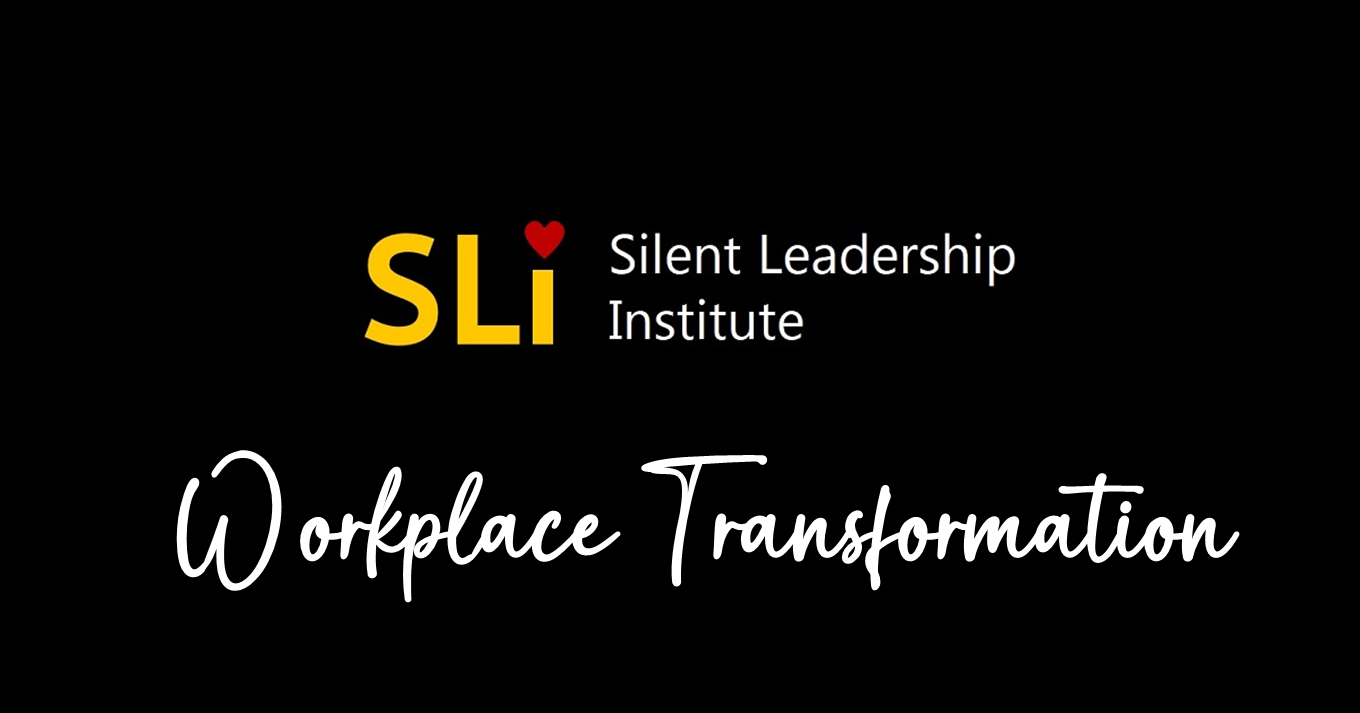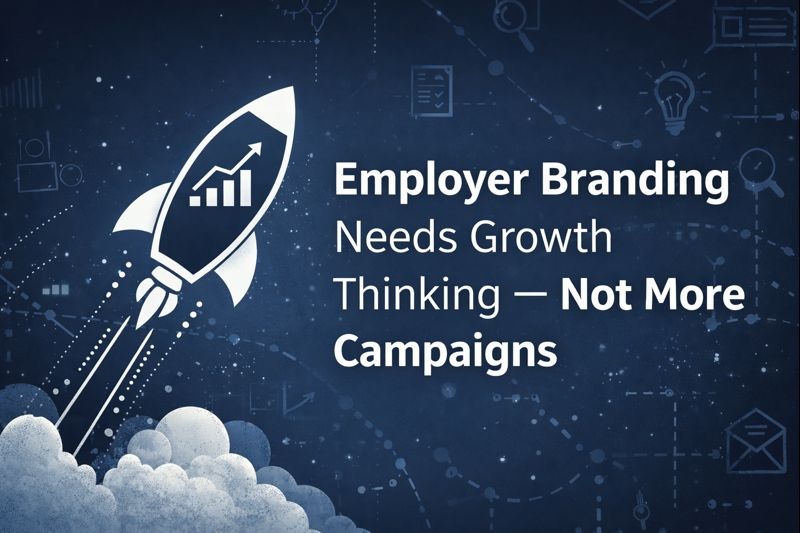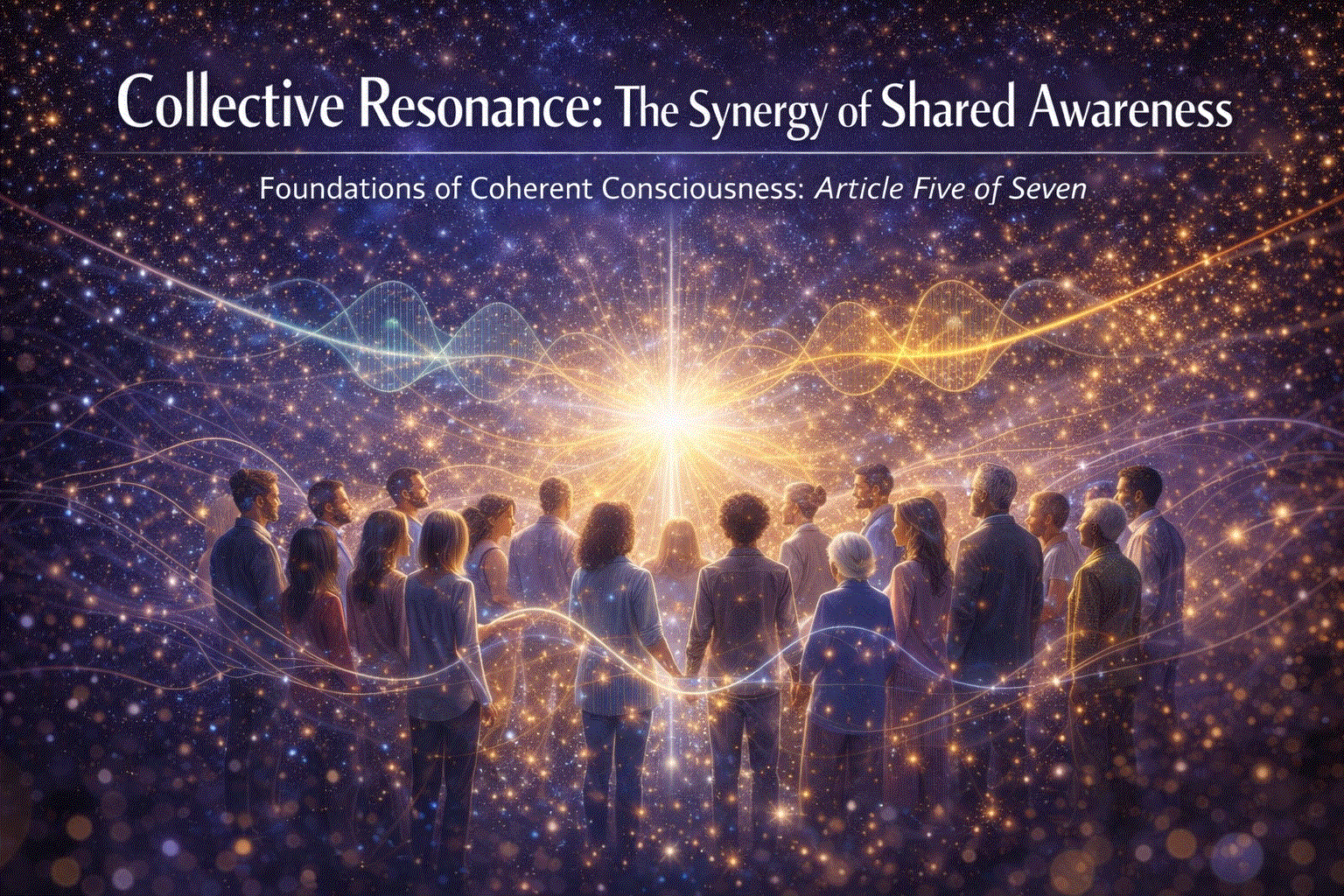Nov13

Last month, I had the incredible opportunity to talk to a number of workplaces about the Art of Nothing. Why workplaces - you might be asking? I come from a corporate background. I started as an engineer, became a manager, moved into training, won employee of the year awards, etc. etc. It means nothing. In that time, I experienced some of the most miserable forms of workplace engagement, people interaction, what would now-a-days be classified as “harassment”, brutal competition, ambition and so forth. Given that many people spend much of their time in companies, why do workplaces insist on creating cultures where control, competition, authority, tension, and anxiety. What emerges are fear-based workplaces where motivating forces restrict and constrict employee’s truth talent and freedom to thrive.
One incredible experience I had was in Hawaii. When I joined the local telephone company which was in bankruptcy, the company’s employee satisfaction was hovering around 55%. The company’s customer satisfaction was hovering around 55%. It doesn’t take a genius to see that the two are related. We invested 2 years in training managers, creating a corporate culture team, where leaders promoted listening with humility, where there was a real involvement in empathizing with employee and customer concerns. These basic skills of opening-up conversations, allowing people to express themselves without the intention of seeing them as complaints, addressing needs one by one, rotating employees, sparked a renewed action and vibe. People were relating to each other and changes were being made. Two years later, employee satisfaction was 84%, customer satisfaction was 84% and the company rose to be a top workplace in Hawaii. I was gratefully part of that transition.
Fast forward to today, and problems in workplaces still exist - and they are getting more and more complicated!
What does the Art of Nothing do for Workplaces?
Creating the ideal workplace is not about offering employees every little perk you can think of. If that’s what you do to attract talent, you have already lost. Giving employees everything essentially is a very conditional way to approach the situation, and anything that is conditional, comes with pitfalls. Conditions given are conditions received. What you want to do is nurture the environment - the atmosphere. And that comes with self realization.
Here are other realizations that have come-out of the workplace dialogues so far:
Realization #1: Workplaces can’t keep employees happy. Happiness is not something you give me. I need to have it within myself. But it is tied to the next point.
Realization #2: Give employees the autonomy and tools they need to be to able to express themselves.
Realization #3: Do away with employee evaluations. Evaluations are nothing but a comparison for a false growth mindset that saps employee’s energy to do what you really need them to do.
Realization #4: Employee Satisfaction and customer satisfaction go hand-in-hand. If there is an imbalance, question integrity in leadership.
Realization #5: Stop any forcing energy. Forcing deadlines, systems (not including legal systems here), where to work, how to work, etc.
Realization #6: You be happy and watch the workplace thrive. You’ll know when to step-in to provide support and when not to.
Throughout the workplace dialogues, what we are really doing is how a sense of “self” interferes with the natural state of being. Why it thrives on authority and control, why it tries to make others happy, why it wants to compare, why relationships are a reflection of one’s self, why it’s preventing life instead of allowing it to flow.
Feedback from the dialogues:
“Wow, I thought we had employee engagement covered, but the dialogues took us to a new level of disrupting workplaces. We will be making a new strategy in 2024! I can’t recommend these dialogues enough - they will change your life!”
“Inspiring - these dialogues will change the way you look at yourself and everyone else. There is no more problem!”
If you’d like me to help, either through an honest dialogue with your employees, or through entrusting me to train your leaders and managers, feel free to reach out!
Warmest,
Gab Ciminelli
Founder, SIlent Leadership Institute, Japan
Keywords: Culture, Future of Work, HR
 Concrete’s Carbon Problem and the Race to Fix It
Concrete’s Carbon Problem and the Race to Fix It Employer Branding Needs Growth Hacking — Not More Campaigns
Employer Branding Needs Growth Hacking — Not More Campaigns The Wireless Renaissance: From Tesla’s Dream to Agentic Autonomy
The Wireless Renaissance: From Tesla’s Dream to Agentic Autonomy Collective Resonance: How Consciousness Scales Beyond the Individual
Collective Resonance: How Consciousness Scales Beyond the Individual Autonomous Wingmen: Scaling Sustainable Aviation via NVIDIA NAT and Formation Flight
Autonomous Wingmen: Scaling Sustainable Aviation via NVIDIA NAT and Formation Flight